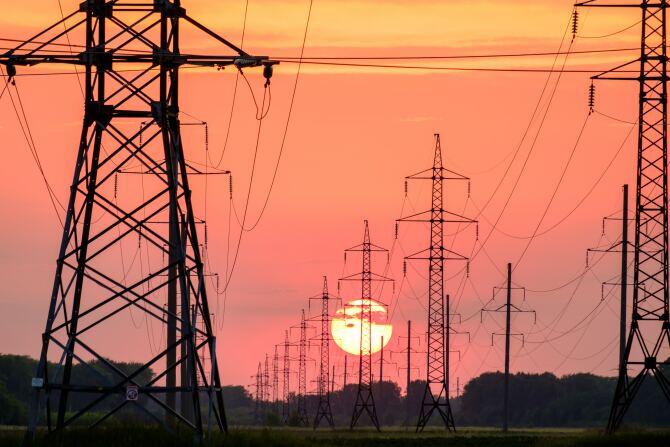Failure to reach this goal would have negative effects on the environment as well as consumers worldwide.
The globe needs 50 million miles of new transmission lines by 2040 to meet demand, according to the International Energy Agency, an independent agency tasked with offering studies and policy recommendations to the global energy sector. For comparison, that is the size of the whole electrical grid that was constructed throughout the world a century ago, but with an 18-year timetable.
The IEA’s most recent report, Electricity Grids and Safe Energy Transitions, assesses the global grid and determines the resources needed to guarantee long-term energy security. Even while oil currently accounts for the majority of final energy use worldwide, between 2000 and 2022, electricity’s share increased from 16% to 21%. This rise is primarily the result of population expansion, industrialization, environmental objectives, and a warming globe, the latter of which has led to an increase in cooling-related energy consumption.
Electricity demand rises at 3.1% annually in “growing market and developing economies,” compared to 2.1% annually in “established economies” (EMDEs). This results in a significant rise in demand between now and 2040, which can only be satisfied by constructing new transmission lines and removing outdated ones. The 50 million mile (or, in the IEA’s wording, 80 million kilometre) estimate enters the picture at this point.

Failure to achieve this goal would result in gridlock, which would be felt more strongly in the United States than in other industrialised nations like Germany or Great Britain. Annual transmission grid congestion expenses in the United States have more than doubled over the previous two years, indicating a worrying challenge keeping Americans connected. Without enough transmission lines, homes, companies, and public resources in America run the risk of falling black.
According to the IEA, if infrastructure development were to fail, the climate would suffer greatly. Many nations intend to progressively replace significant petrol consumers (such vehicles) with electricity models, placing additional demand on the energy grid. Additionally, there are around 1,500 gigawatts of clean renewable energy projects awaiting grid integration that are in “advanced stages of development.” It won’t be possible to connect these projects until the necessary transmission lines are in place.
The IEA warns that “lack of ambition and attention risks making electricity grids the weak link in renewable energy transitions” in a press release that is released simultaneously with its study. Even the current climate objectives, which many experts contend are not severe enough, run the risk of failing in the absence of adequate connection.

